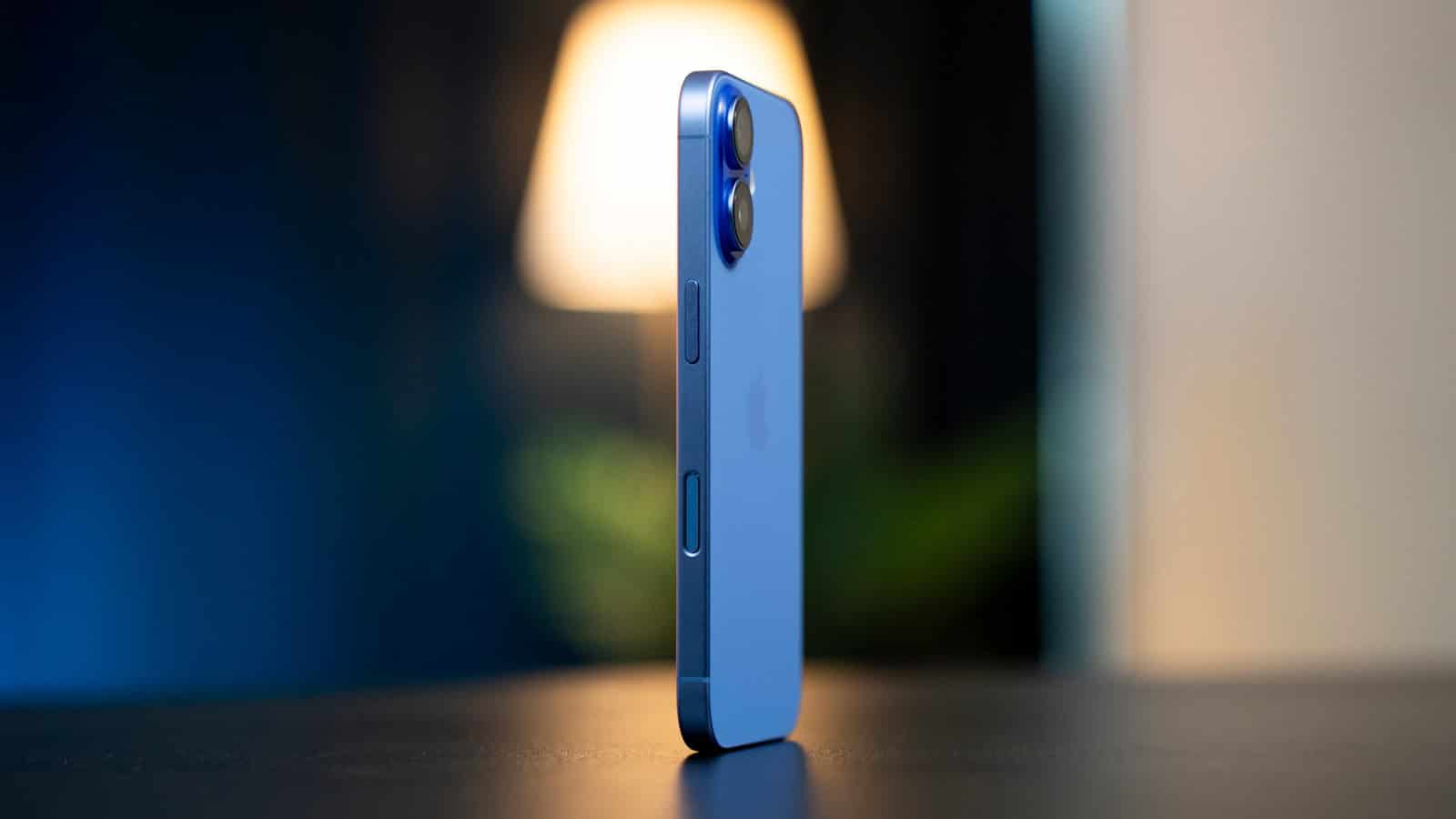Low call volume on iPhones can be frustrating for users. This common issue often stems from simple causes like accidentally lowered volume settings or software glitches. To fix low call volume on an iPhone, start by checking and adjusting the volume buttons during a call. If this doesn’t work, there are several other troubleshooting steps to try.
Software updates can sometimes resolve audio issues. Ensure your iPhone is running the latest iOS version. If the problem persists, check for any obstructions in the earpiece or speaker grills. Dust and debris can accumulate over time, affecting sound quality.
Another potential solution is to reset all settings on your iPhone. This action can fix many software-related problems without erasing your personal data. If none of these steps work, it may indicate a hardware issue requiring professional repair.
Tips For Fixing Low Call Volume
Several factors can contribute to low call volume on an iPhone. Let’s explore some troubleshooting steps:
1. Adjust the Volume During a Call:
- It might sound obvious, but make sure you’re adjusting the volume during a call. The volume buttons on the side of your iPhone control different volume levels depending on what you’re doing (ringer, media, call volume).
2. Check the Receiver and Speakers:
- Cleanliness: Dust, lint, or debris can accumulate in the small speaker and receiver openings (the earpiece at the top of your phone). Use a soft, dry brush or compressed air to gently clean them.
- Obstructions: Ensure your iPhone case or screen protector isn’t blocking the receiver or speakers. Try removing them temporarily to test if this improves the volume.
3. Check the Ring/Silent Switch:
- Make sure the Ring/Silent switch on the side of your iPhone isn’t accidentally set to silent (the switch showing orange). Toggling it back and forth a few times can sometimes resolve software glitches affecting the volume.
4. Check Audio Settings:
- Volume Balance: Go to Settings > Accessibility > Audio/Visual. Ensure the volume balance slider is centered. If it’s shifted to one side, it can affect the call volume.
- Phone Noise Cancellation: This feature can sometimes interfere with call volume. Go to Settings > Accessibility > Audio/Visual and toggle “Phone Noise Cancellation” off.
- Hearing Aid Compatibility: If this is turned on it can affect the audio. Go to Settings > Accessibility > Hearing Devices and make sure “Hearing Aid Compatibility” is off.
- Audio Routing: Go to Settings > Accessibility > Touch > Call Audio Routing and ensure it’s set to “Automatic” or “Speaker” (if you want to use speakerphone).1
5. Check for Bluetooth Connections:
- If your iPhone is connected to a Bluetooth device (like headphones or a car stereo), the call audio might be routed there. Turn off Bluetooth in Settings > Bluetooth or disconnect from any connected devices.
6. Restart Your iPhone:
- A simple restart can often fix minor software issues. Turn your iPhone off, wait a few seconds, and then turn it back on.
7. Toggle Airplane Mode:
- Turning Airplane Mode on and off can reset network connections, which might affect call quality and volume. Open Control Center and tap the airplane icon to turn it on, wait a few seconds, then tap it again to turn it off.
8. Update iOS:
- Make sure your iPhone is running the latest version of iOS. Go to Settings > General > Software Update to check for updates.
9. Reset All Settings:
- If none of the above steps work, you can try resetting all settings on your iPhone. This will reset things like Wi-Fi passwords, wallpaper, and other preferences, but it won’t delete your data. Go to Settings > General > Transfer or Reset iPhone > Reset > Reset All Settings.
10. Contact Apple Support:
- If you’ve tried all these steps and the call volume is still low, there might be a hardware problem with your iPhone’s speaker or receiver. Contact Apple Support or visit an Apple Store for further assistance.
Key Takeaways
- Check and adjust volume settings during calls to fix low call volume
- Update iOS and clear any physical obstructions from speakers
- Reset all settings or seek professional help for persistent issues
Troubleshooting Low Call Volume on iPhone
Low call volume on iPhones can stem from various sources, including settings, physical factors, and software issues. Identifying the root cause is crucial for effective resolution.
Checking iPhone Settings
Start by examining the iPhone’s sound settings. Ensure the volume is turned up during a call using the side buttons. Check if Silent Mode or Do Not Disturb is active, as these can affect call volume.
Go to Settings > Sounds & Haptics and verify the Ringer and Alerts slider is set to an audible level. Toggle off Change with Buttons to prevent accidental volume adjustments.
Inspect Bluetooth settings to rule out unintended connections to external devices. Navigate to Settings > Bluetooth and disconnect any paired devices that might be intercepting audio.
Evaluating External Factors
Physical obstructions can impair call volume. Remove any screen protectors or cases covering the earpiece. Clean the speaker grilles gently with a soft brush to remove debris.
Check for software updates in Settings > General > Software Update. Installing the latest iOS version can resolve audio bugs.
If issues persist, try a force restart. For iPhone 8 or later: press and quickly release Volume Up, then Volume Down, and hold the Side button until the Apple logo appears.
Optimizing Accessibility and Audio Routing
Explore Accessibility settings for audio enhancements. Go to Settings > Accessibility > Audio/Visual and enable Phone Noise Cancellation to reduce ambient noise during calls.
Adjust Call Audio Routing in Settings > Accessibility > Touch > Call Audio Routing. Set it to Automatic or Speaker for optimal audio output.
Consider enabling Mono Audio in Accessibility settings if one ear has difficulty hearing. This combines left and right channels for improved clarity.
If low volume persists after these steps, contact Apple Support or visit an authorized service provider for hardware diagnostics.
Frequently Asked Questions
iPhone users often encounter call volume issues. These common problems can be frustrating but are often fixable with simple troubleshooting steps.
What steps can be taken to resolve low call volume on recent iPhone models?
Check the volume settings. Ensure the volume is turned up during a call. Clean the speaker and receiver grills. Remove any debris or screen protectors blocking the speakers. Restart the iPhone. This can resolve temporary software glitches affecting audio.
What causes the sudden decrease in call volume on my iPhone?
Software updates may change audio settings. Dust or debris can accumulate in speaker openings. Accidental volume adjustments are common. Hardware issues like damaged speakers can occur. Bluetooth devices may interfere with call audio routing.
How can I boost the call volume on my iPhone to hear better?
Adjust the in-call volume using the side buttons. Enable “Late Night” EQ in Settings > Music > EQ. Try using speakerphone or headphones. Update iOS to the latest version. Reset all settings if problems persist.
Is there a way to adjust iPhone call volume for clearer audio during conversations?
Use the volume buttons during calls. Check Call Audio Routing in Settings > Accessibility > Touch. Disable Phone Noise Cancellation if voices sound muffled. Try different EQ settings in the Music app settings.
Why is my iPhone’s ring and call volume lower than expected?
Check the Ring/Silent switch on the side. Verify volume limits in Settings > Sounds & Haptics. Ensure Do Not Disturb is off. Clean the speakers and receivers. Consider restoring iPhone settings if issues continue.
What troubleshooting methods are recommended for fixing call volume issues on an iPhone?
Restart the iPhone. Update iOS to the latest version. Reset all settings in the Settings app. Check for any obstructions in speaker grills. Test with and without Bluetooth devices connected. Contact Apple Support if problems persist.







